HSBC 2002 Annual Report Download - page 100
Download and view the complete annual report
Please find page 100 of the 2002 HSBC annual report below. You can navigate through the pages in the report by either clicking on the pages listed below, or by using the keyword search tool below to find specific information within the annual report.-
 1
1 -
 2
2 -
 3
3 -
 4
4 -
 5
5 -
 6
6 -
 7
7 -
 8
8 -
 9
9 -
 10
10 -
 11
11 -
 12
12 -
 13
13 -
 14
14 -
 15
15 -
 16
16 -
 17
17 -
 18
18 -
 19
19 -
 20
20 -
 21
21 -
 22
22 -
 23
23 -
 24
24 -
 25
25 -
 26
26 -
 27
27 -
 28
28 -
 29
29 -
 30
30 -
 31
31 -
 32
32 -
 33
33 -
 34
34 -
 35
35 -
 36
36 -
 37
37 -
 38
38 -
 39
39 -
 40
40 -
 41
41 -
 42
42 -
 43
43 -
 44
44 -
 45
45 -
 46
46 -
 47
47 -
 48
48 -
 49
49 -
 50
50 -
 51
51 -
 52
52 -
 53
53 -
 54
54 -
 55
55 -
 56
56 -
 57
57 -
 58
58 -
 59
59 -
 60
60 -
 61
61 -
 62
62 -
 63
63 -
 64
64 -
 65
65 -
 66
66 -
 67
67 -
 68
68 -
 69
69 -
 70
70 -
 71
71 -
 72
72 -
 73
73 -
 74
74 -
 75
75 -
 76
76 -
 77
77 -
 78
78 -
 79
79 -
 80
80 -
 81
81 -
 82
82 -
 83
83 -
 84
84 -
 85
85 -
 86
86 -
 87
87 -
 88
88 -
 89
89 -
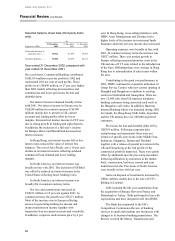 90
90 -
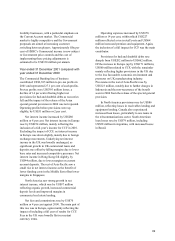 91
91 -
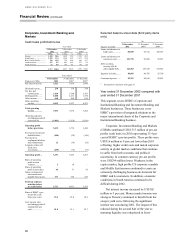 92
92 -
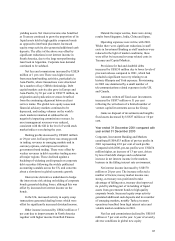 93
93 -
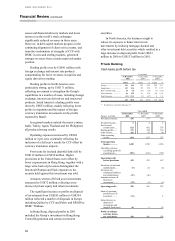 94
94 -
 95
95 -
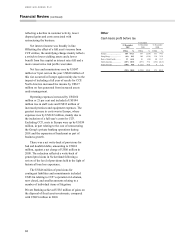 96
96 -
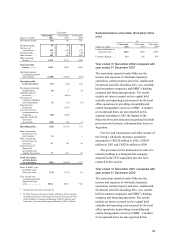 97
97 -
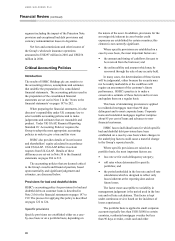 98
98 -
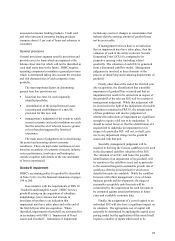 99
99 -
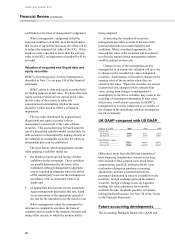 100
100 -
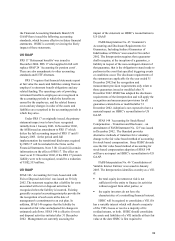 101
101 -
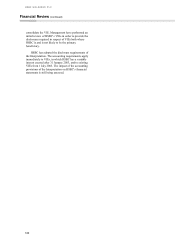 102
102 -
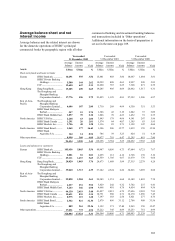 103
103 -
 104
104 -
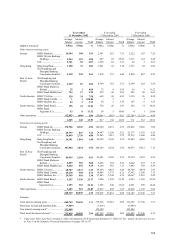 105
105 -
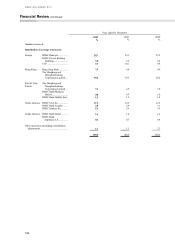 106
106 -
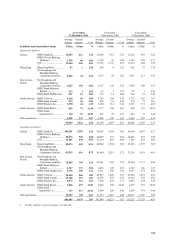 107
107 -
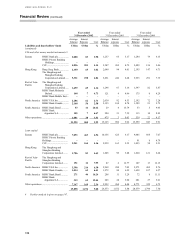 108
108 -
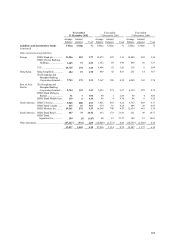 109
109 -
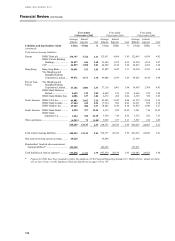 110
110 -
 111
111 -
 112
112 -
 113
113 -
 114
114 -
 115
115 -
 116
116 -
 117
117 -
 118
118 -
 119
119 -
 120
120 -
 121
121 -
 122
122 -
 123
123 -
 124
124 -
 125
125 -
 126
126 -
 127
127 -
 128
128 -
 129
129 -
 130
130 -
 131
131 -
 132
132 -
 133
133 -
 134
134 -
 135
135 -
 136
136 -
 137
137 -
 138
138 -
 139
139 -
 140
140 -
 141
141 -
 142
142 -
 143
143 -
 144
144 -
 145
145 -
 146
146 -
 147
147 -
 148
148 -
 149
149 -
 150
150 -
 151
151 -
 152
152 -
 153
153 -
 154
154 -
 155
155 -
 156
156 -
 157
157 -
 158
158 -
 159
159 -
 160
160 -
 161
161 -
 162
162 -
 163
163 -
 164
164 -
 165
165 -
 166
166 -
 167
167 -
 168
168 -
 169
169 -
 170
170 -
 171
171 -
 172
172 -
 173
173 -
 174
174 -
 175
175 -
 176
176 -
 177
177 -
 178
178 -
 179
179 -
 180
180 -
 181
181 -
 182
182 -
 183
183 -
 184
184 -
 185
185 -
 186
186 -
 187
187 -
 188
188 -
 189
189 -
 190
190 -
 191
191 -
 192
192 -
 193
193 -
 194
194 -
 195
195 -
 196
196 -
 197
197 -
 198
198 -
 199
199 -
 200
200 -
 201
201 -
 202
202 -
 203
203 -
 204
204 -
 205
205 -
 206
206 -
 207
207 -
 208
208 -
 209
209 -
 210
210 -
 211
211 -
 212
212 -
 213
213 -
 214
214 -
 215
215 -
 216
216 -
 217
217 -
 218
218 -
 219
219 -
 220
220 -
 221
221 -
 222
222 -
 223
223 -
 224
224 -
 225
225 -
 226
226 -
 227
227 -
 228
228 -
 229
229 -
 230
230 -
 231
231 -
 232
232 -
 233
233 -
 234
234 -
 235
235 -
 236
236 -
 237
237 -
 238
238 -
 239
239 -
 240
240 -
 241
241 -
 242
242 -
 243
243 -
 244
244 -
 245
245 -
 246
246 -
 247
247 -
 248
248 -
 249
249 -
 250
250 -
 251
251 -
 252
252 -
 253
253 -
 254
254 -
 255
255 -
 256
256 -
 257
257 -
 258
258 -
 259
259 -
 260
260 -
 261
261 -
 262
262 -
 263
263 -
 264
264 -
 265
265 -
 266
266 -
 267
267 -
 268
268 -
 269
269 -
 270
270 -
 271
271 -
 272
272 -
 273
273 -
 274
274 -
 275
275 -
 276
276 -
 277
277 -
 278
278 -
 279
279 -
 280
280 -
 281
281 -
 282
282 -
 283
283 -
 284
284 -
 285
285 -
 286
286 -
 287
287 -
 288
288 -
 289
289 -
 290
290 -
 291
291 -
 292
292 -
 293
293 -
 294
294 -
 295
295 -
 296
296 -
 297
297 -
 298
298 -
 299
299 -
 300
300 -
 301
301 -
 302
302 -
 303
303 -
 304
304 -
 305
305 -
 306
306 -
 307
307 -
 308
308 -
 309
309 -
 310
310 -
 311
311 -
 312
312 -
 313
313 -
 314
314 -
 315
315 -
 316
316 -
 317
317 -
 318
318 -
 319
319 -
 320
320 -
 321
321 -
 322
322 -
 323
323 -
 324
324 -
 325
325 -
 326
326 -
 327
327 -
 328
328 -
 329
329
 |
 |

HSBC HOLDINGS PLC
Financial Review (continued)
98
established on the basis of management’s judgement.
Where management’ s judgement is that the
expected cashflows of an IGU have declined and/or
that its cost of capital has increased, the effect will be
to reduce the estimated fair value of the IGU. If this
results in a fair value that is lower than the carrying
value of the IGU, an impairment of goodwill will be
recorded.
Valuation of unquoted and illiquid debt and
equity securities
HSBC’s accounting policy for these instruments is
described in Note 2 (c) on page 199 of the financial
statements.
HSBC carries its debt and equity securities held
for trading purposes at fair value. For those debt and
equity securities which are not carried at fair value,
the fair value of the security is taken into
consideration in determining whether the asset
should be written down to reflect a permanent
impairment.
The fair value determined for unquoted and
illiquid debt and equity securities reflects
management’s assessment of the value of these
securities. This assessment may be based upon the
use of a discounted cashflow model (particularly for
debt securities) or determined by looking directly at
the valuation of comparable securities for which an
independent price can be established.
The main factors which management consider
when applying a cashflow model are:
• the likelihood and expected timing of future
cashflows on the instrument. These cashflows
are usually determined by the terms of the
instrument, although management judgement
may be required in situations where the ability
of the counterparty to service the instrument in
accordance with its contractual terms is in
doubt; and
• an appropriate discount rate for the instrument.
Again management determines this rate, based
on its assessment of the appropriate spread of
the rate for the instrument over the risk free rate.
Where management values the instrument by
reference to comparable securities, the basis of
valuation takes account of the maturity, structure and
rating of the security to which the position held is
being compared.
In assessing the valuation of securities,
management also takes account of the size of the
position held relative to market liquidity and
conditions. Where considered appropriate, the
assessed fair value of the securities will be reduced
to reflect the amount which management estimate
could be realised on their sale.
Changes in any of the assumptions used by
management to determine the valuation will give rise
to changes in the recorded fair value of unquoted
securities. Such changes will result in changes in the
carrying value of the securities where they are
carried at fair value. Where the securities are carried
at amortised cost, changes in their estimated fair
value, arising from changes in management’ s
assumptions on the above variables, may result in the
recording of a permanent diminution in their value.
In this case, it will also be necessary for HSBC’ s
management to exercise judgement as to whether or
not changes in the underlying valuation assumptions
are only temporary.
UK GAAP compared with US GAAP
Figures in US$m 2002 2001 2000
Net income:
US GAAP................... 4,900 4,911 6,236
UK GAAP .................. 6,239 4,992 6,457
Shareholder’ s equity:
US GAAP................... 55,831 48,444 48,072
UK GAAP .................. 52,406 46,388 46,393
Differences result from the different treatment of
lease financing, shareholders’ interest in the long-
term assurance fund, pension costs, stock-based
compensation, goodwill, internal software costs,
revaluation of property, purchase accounting
adjustments, accruals accounted derivatives,
permanent diminution in value of available-for-sale
securities, foreign exchange gains on investment
securities, foreign exchange losses on Argentine
funding, fair value adjustment for securities
available-for-sale, dividends payable, own shares
held and deferred taxation. See Note 50 of the ‘Notes
on the Financial Statements’ .
Future accounting developments
The Accounting Standards Board (UK GAAP) and
